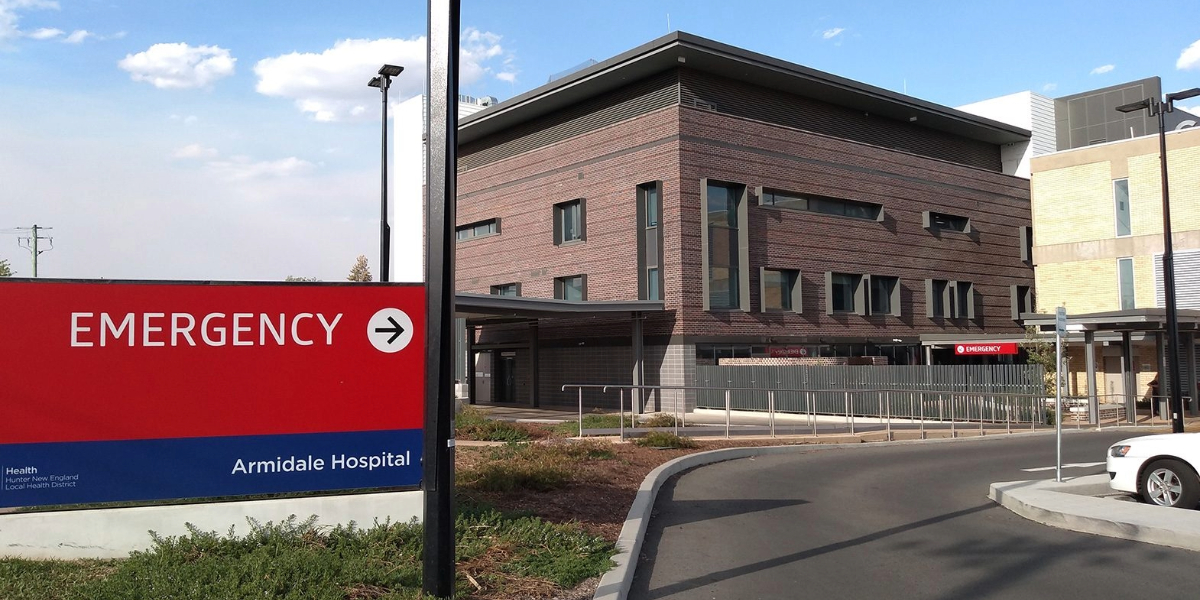Emergency departments at regional hospitals are under immense pressure, despite more specialist doctors working in the regions.
There has been a 75 per cent increase in the proportion of emergency medicine specialists working in rural and remote areas across NSW.
But workforce shortages continue to bite as country patients seek emergency care in greater numbers than their city peers, according to an analysis by the Australasian College for Emergency Medicine.
The rate of emergency presentations was 548 per 1000 population in regional and remote areas across the state, compared to 311 per 1000 in the cities in 2021/22.
Emergency departments in both the city and the country were relying on locum doctors, though it was more pronounced in regional and remote areas.
Access to emergency and urgent care in regional areas is likely to be a key issue in the looming federal election, with multiple health and doctor bodies with a rural focus calling for a national strategy, and a significant increase of between 200 and 500 additional rural generalist doctor training places, as the shortage of GPs is putting too much strain on emergency departments. More Medicare Urgent Care centres like the one in Tamworth are likely to be part of a campaign promise.
“Not only does the data show it is bad everywhere, but it shows that it is even worse in rural, regional and remote areas,” college president Stephen Gourley said.
The college’s report was released as the NSW government said more than 11,000 regional health workers were retained through a rural workforce incentive scheme rolled out in mid-2022.
Another 3044 workers have been recruited to the bush, with an uptick after the government doubled the incentive to $20,000 in August 2023.
The recruitment figures were included in the government’s official response to an ongoing inquiry, tabled in parliament on Thursday.
The 2024 inquiry declared the rural health system was in the worst state in years.
There are serious staff shortages across rural maternity care, forcing some women to travel long distances to give birth, while general practice was “in crisis”, the committee’s report said.
Pressure on emergency departments was “real”, but the government was working to alleviate it through measures like the incentives and more urgent care clinics, NSW Health Minister Ryan Park said.
“We are determined to make sure that we are investing in our workforce,” he told parliament on Tuesday, ahead of the government’s official response.
“Despite the challenges we face, that is what we are focused on at the moment.”
The government supported or noted most of the committee’s recommendations for improvement, but rejected a proposal to expand workforce incentives to private organisations.
The committee continues to examine progress on rural health reform since a damning 2022 inquiry found country NSW patients had poor outcomes.
It will zero in on how the state and federal governments are cooperating across services and training.
Follow all the New England Times coverage of the federal election here or have your say on Engage
See more about the race in New England here
See more about the race in Parkes here


